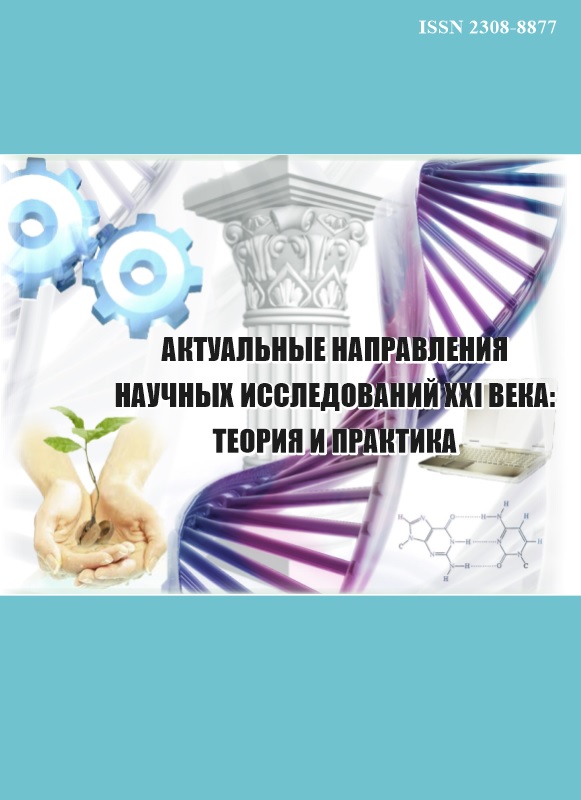Increasingly in modern research problems and control of dynamic systems using different combination approaches based on the use of mathematical models as traditional analytical and experimental, and the methodology of the theory of neural networks, fuzzy logic, etc. These solutions are characterized by high flexibility and efficiency, but however, possess certain modeling complexity. Various researchers offer their copyrights approaches to facilitate such solutions of particular problems and technology. In this paper we present one of the most effective combination of mathematical modeling algorithms developed at the Department of technology of building materials, products and structures of the Voronezh State University of Architecture and Civil Engenering, and the results of its application to the description of dynamic cellular processes of structure silicate concrete, a large number of different factors and the complexity of internal and external communications. It is shown how it is possible, based on existing experimental statistical approaches (ESA) and neural network modeling and combining them positives, as soon as possible to get a highly accurate mathematical model of the studied combination of dynamic processes.
dynamic processes, structure, cellular concrete, modeling, neural networks, experimental and statistical models, mixed modeling
Процессы взаимодействия исходных сырьевых компонентов бетона носят сложный гетерогенный характер. При этом классические подходы к моделированию не всегда дают положительные результаты. Чтобы решить эту проблему, предлагается использовать инструменты теории нейронных сетей, адаптированные автором к вопросам структурообразования бетона.










